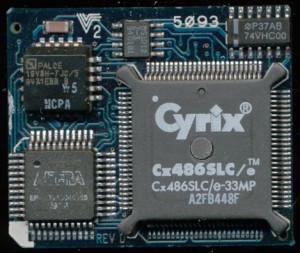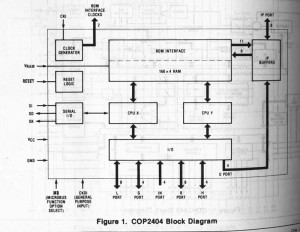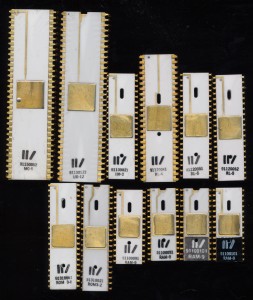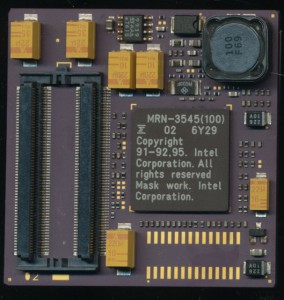Improve Technologies Make-it 486 – 286 Upgrade
Improve Technologies (IT) was a company that existed from 1991-1997. They were one of the many (to include Cyrix, Evergreen, PNY, Gainbery, etc) that made processors for upgrading 286, 386 and 486 computers. Processor upgrades are no longer commonplace, becoming nearly non-existent (except for such things as 771 to 775 adapters). Today computer hardware has become so inexpensive that upgrading more often just consists of purchasing a whole new computer, or at least new motherboard, RAM, and CPU, all at a price of a few hundred dollars.
In the early to mid-90;s however, a computer system cost 2-$3000, so replacing it every few years was not financially viable for many people. Thus processor upgrades, they were designed to replace a CPU with the next generation CPU (with some limitations) at a price of a few hundred dollars.
In 1976 TranEra was founded in Utah. TransEra is an engineering solutions company, they are built on seeing a technological problem, and engineering a solution, whatever that may be. They began by making add-on for Tektronix test gear and HP-IB interface equipment. In 1988 they released HTBasic, a BASIC programming language (based on HP’s Rocky Mountain BASIC) for PC’s. This is what TransEra became perhaps best known for, as they continue to develop and sell HTBasic. It was TransEra who developed the Improve Technologies line of upgrades. They saw a problem, and engineered a solution.
Posted in:
CPU of the Day







